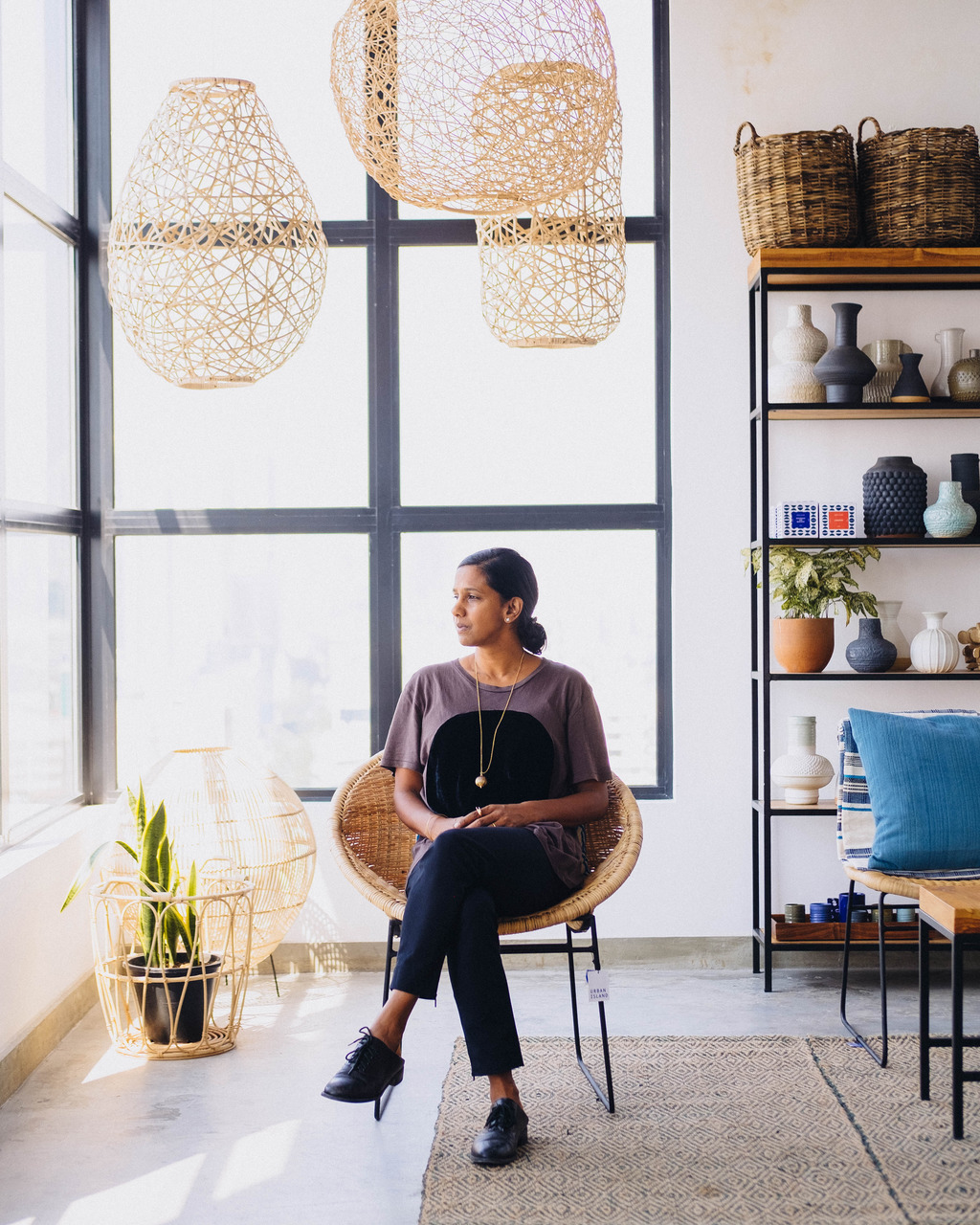 Over the two years she spent designing the exhibition “one hundred thousand small tales”, Sharmini Pereira thought deeply about how 150 pieces, created by some 43 Sri Lankan artists, could tell a story that was both individual and collective.
Over the two years she spent designing the exhibition “one hundred thousand small tales”, Sharmini Pereira thought deeply about how 150 pieces, created by some 43 Sri Lankan artists, could tell a story that was both individual and collective.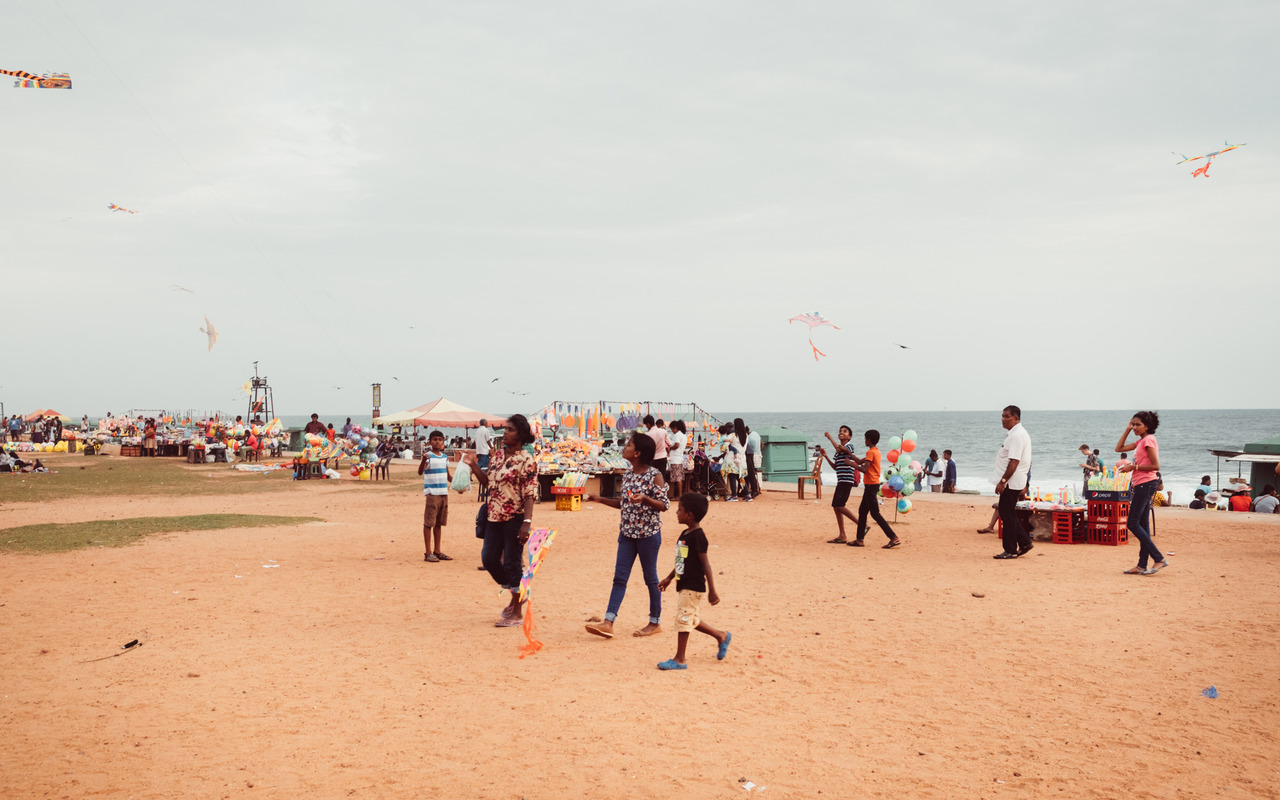
Situated on the shores of the Indian Ocean, Colombo is known for its labyrinthine old city markets, grand colonial-era hotels, stunning shipwrecks and wetlands that are home to elusive fishing cats. But not so much for its contemporary art. All that is set to change, however, thanks to the recent launch of the Sri Lankan commercial capital’s Museum of Modern and Contemporary Art (MMCA), which threw open its doors last December to a warm welcome.
Its arrival underscores the growing reputation of Sri Lankan artists such as Muhanned Cader, Chandraguptha Thenuwara and Anoli Perera, who have all gained international recognition for pieces that are sharply critical, openly political and deeply personal. Their themes often reflect on the country’s conflicted histories and complex identities, while encompassing a range of mediums, spanning installations and paintings to sculpture and film.
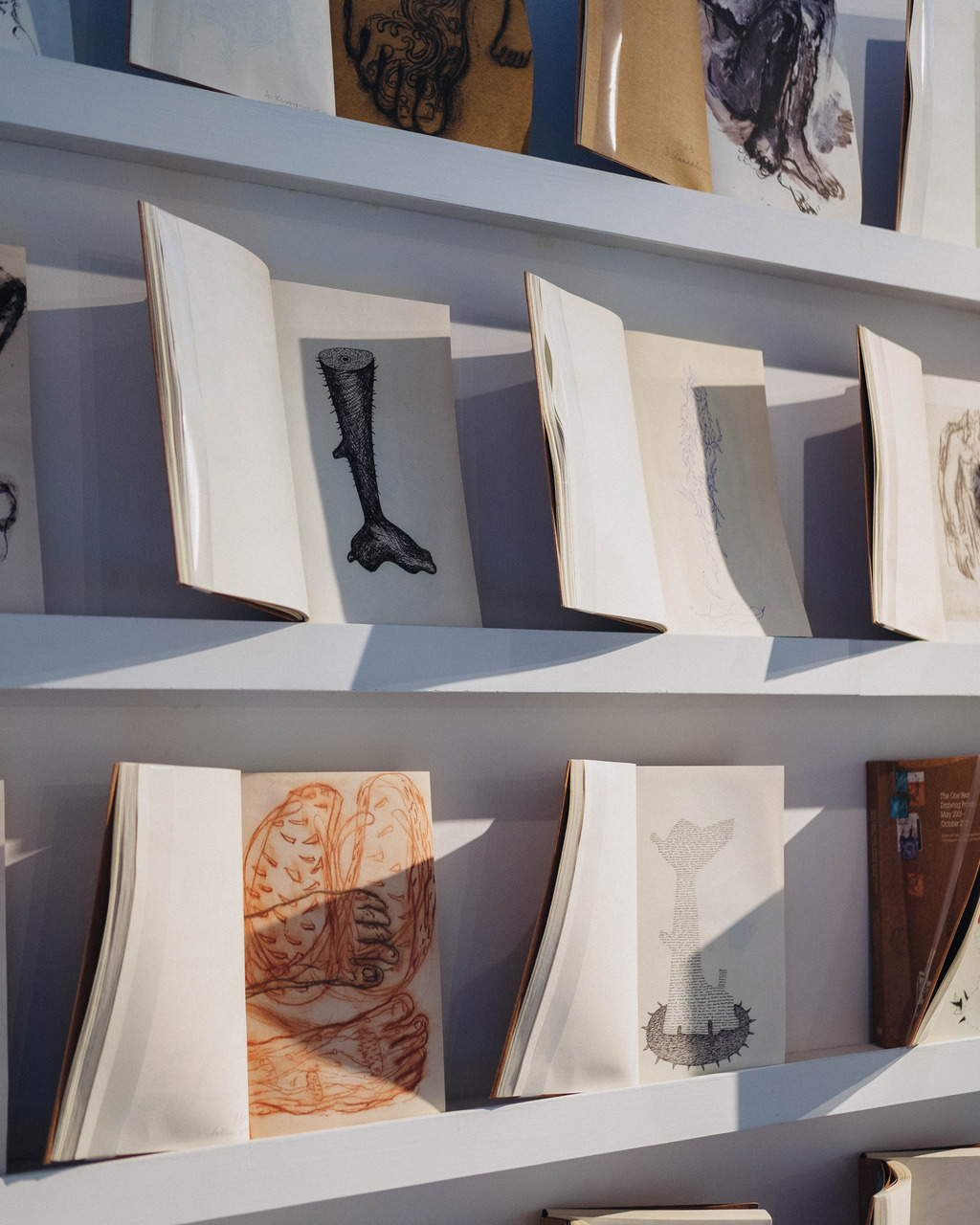
Previously, the only way to see their work would have been to catch an exhibition at one of the city’s smaller galleries or at specific festivals such as the Colombo Art Biennale and Colomboscope. But through its permanent collection, the MMCA hopes to introduce these artists to a wider audience and on a far more prominent scale.
For starters, the location provides quite a contrast to, say, the city’s National Art Gallery – housed in an aged hall facing Viharamahadevi Park in central Colombo – or even other smaller but notable private institutions such as the De Saram House. Instead, the MMCA occupies a sleek, modern space, nestled high up on the 17th floor of the newly built Colombo Innovation Tower, where the views alone are worth the visit: under a dramatic awning of monsoon clouds, Colombo is laid out before you like a sprawling map.
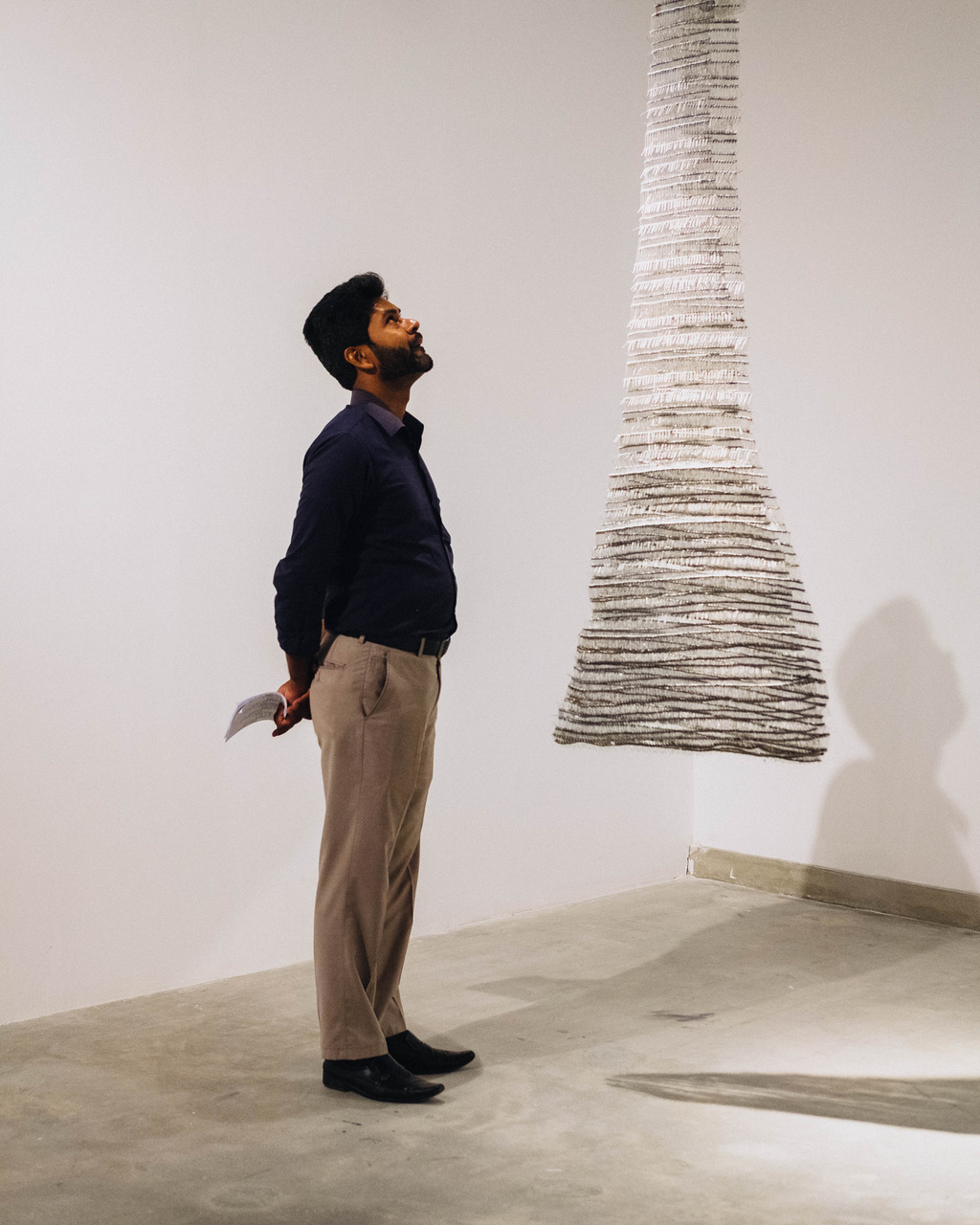
Inside the building, you will find maps of another kind in the form of contemporary artworks such as the Barrelism Tourist Map and GPS Drawing, which offer different ways of thinking about the city and indeed the country. Both pieces are part of the MMCA’s inaugural exhibition, “one hundred thousand small tales”, which is curated by Sharmini Pereira and will run until March 2020. Other exhibitions will follow, but as the museum’s ambitious first introduction, this one is particularly noteworthy.
Spanning the decades from the 1930s to the present, the exhibition features 43 artists including some of Sri Lanka’s most established names. These include the visual artist Anoli Perera whose compelling, subversive photographs make up “I Let My Hair Loose: Protest Series” and the artist T Shanaathanan, whose Cabinet of Resistance upends the colonial card index system (he borrows the traditional wooden chest that housed the standard index cards, but replaces the latter with interviews with Sri Lankans who experienced hardship and displacement during the country’s long civil conflict).
Also given a place of prominence in the museum’s small yet airy galleries are the island’s pioneering Modern artists, including key members of the famed ’43 Group. Founded in 1943, this interdisciplinary collective pioneered Sri Lankan interpretations of European Modernism and included the likes of the cartoonist Aubrey Collette and the artist and photographer WJG Beling.
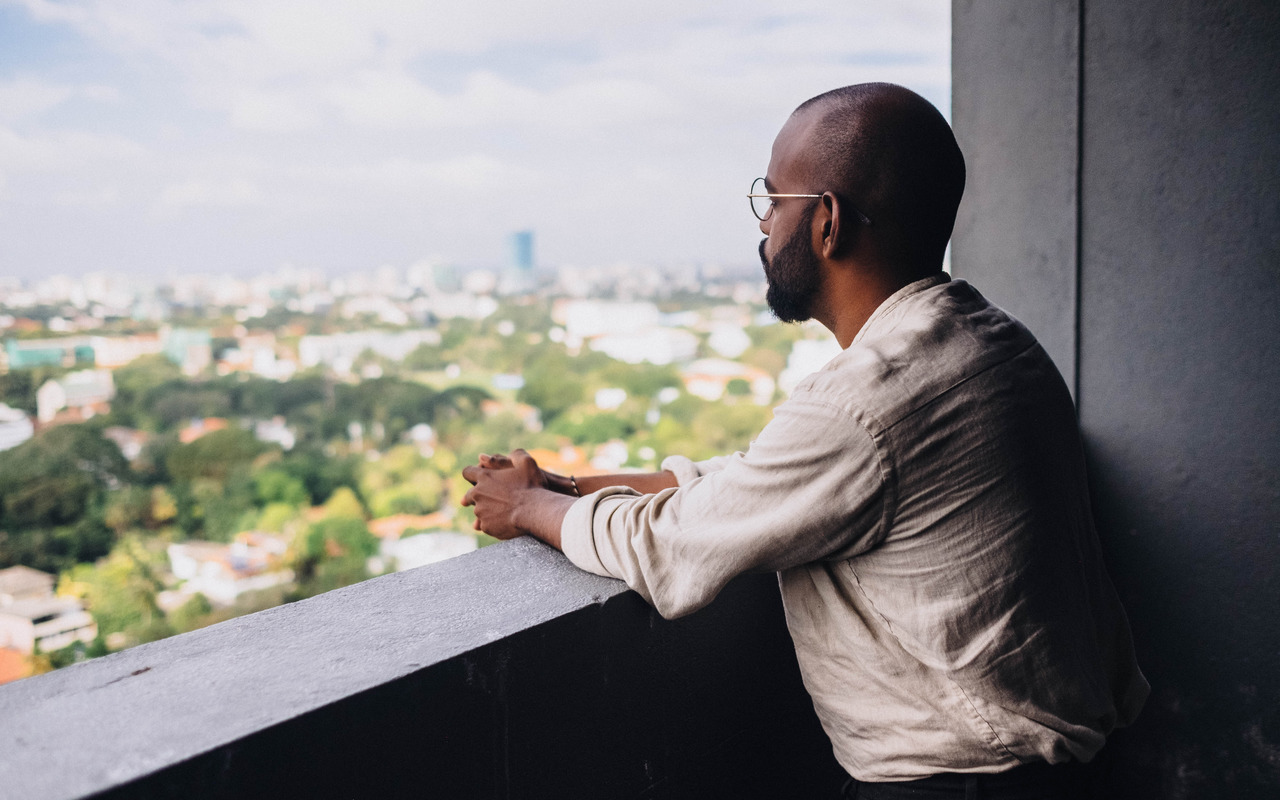
As a whole, the exhibition offers up a complex history of Sri Lanka, told not through one lens, but many. Sandev Handy, the museum’s young assistant curator, says he believes the show is one which inspires reflection: “It is about coming face to face with ourselves, moving from these large, over-encompassing narratives to more intimate and specific stories.” The MMCA is at the start of a journey which will see the team spend the next three years establishing a permanent collection, focusing on the conservation and storage of critical pieces of art and investing in building engagement with the public.
Being offered a whole floor of the Colombo Innovation Tower by the Academy of Design (AOD) was a critical impetus for this project. The building itself is something of an experiment, with AOD’s founder Linda Speldewinde telling local newspaper the Daily FT that they hoped it would become a space that brought together “the brightest minds from tech, design, arts and science into one dynamic and collaborative ecosystem”.
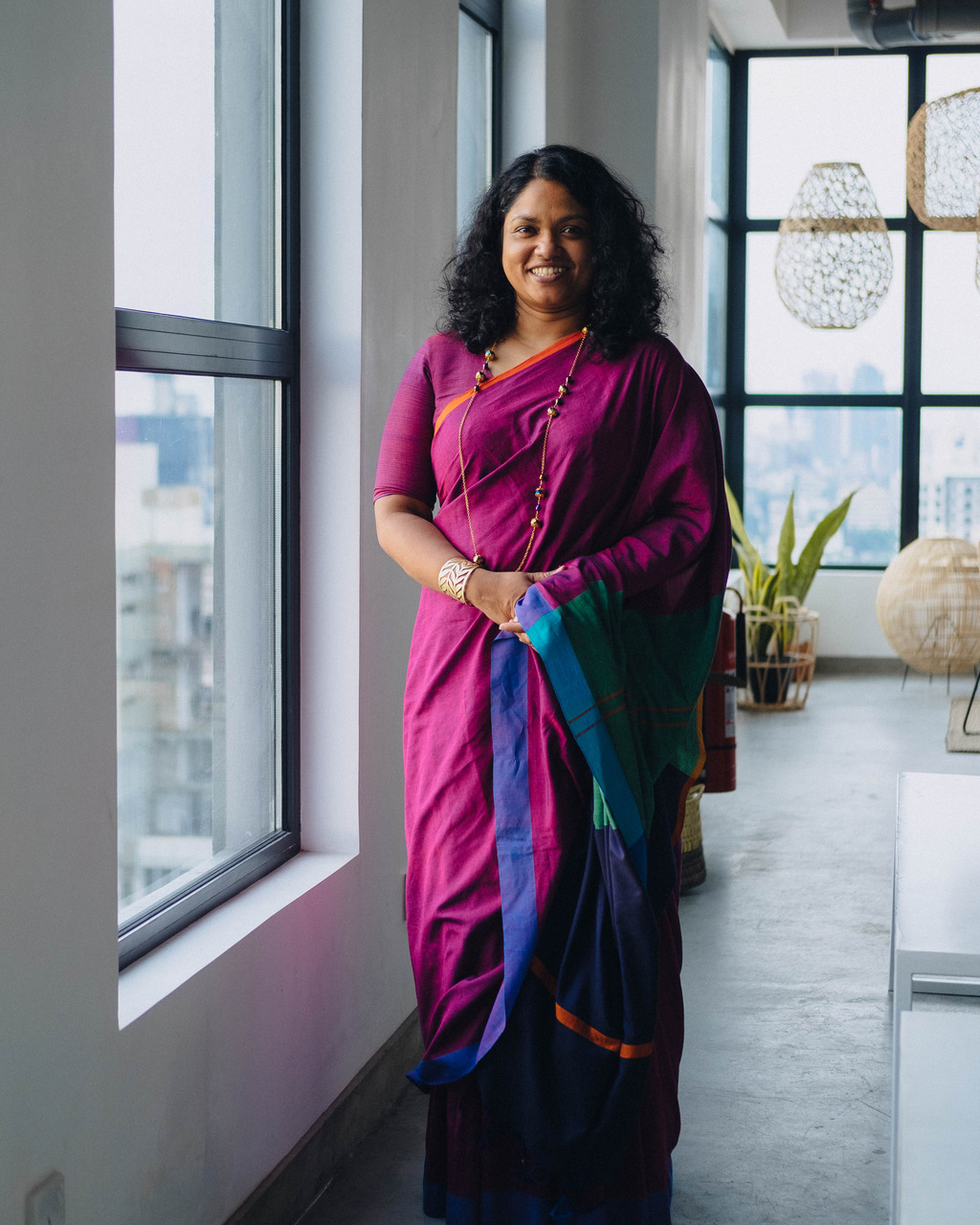
The new team also sees art education as a primary mission, with a dedicated curator – Ruhanie Perera – focused on how education and public engagement can underpin and drive their work. She points out that since the museum is the first of its kind in the country, the team anticipates the process will be one of discovering their audience and connecting with the broader public in ways that make sense in a local context.
Entry is free, and in a country where language can be divisive, the museum is trilingual. Among several educational initiatives, programmes with schools and universities are being implemented to welcome teachers and students to the new space.
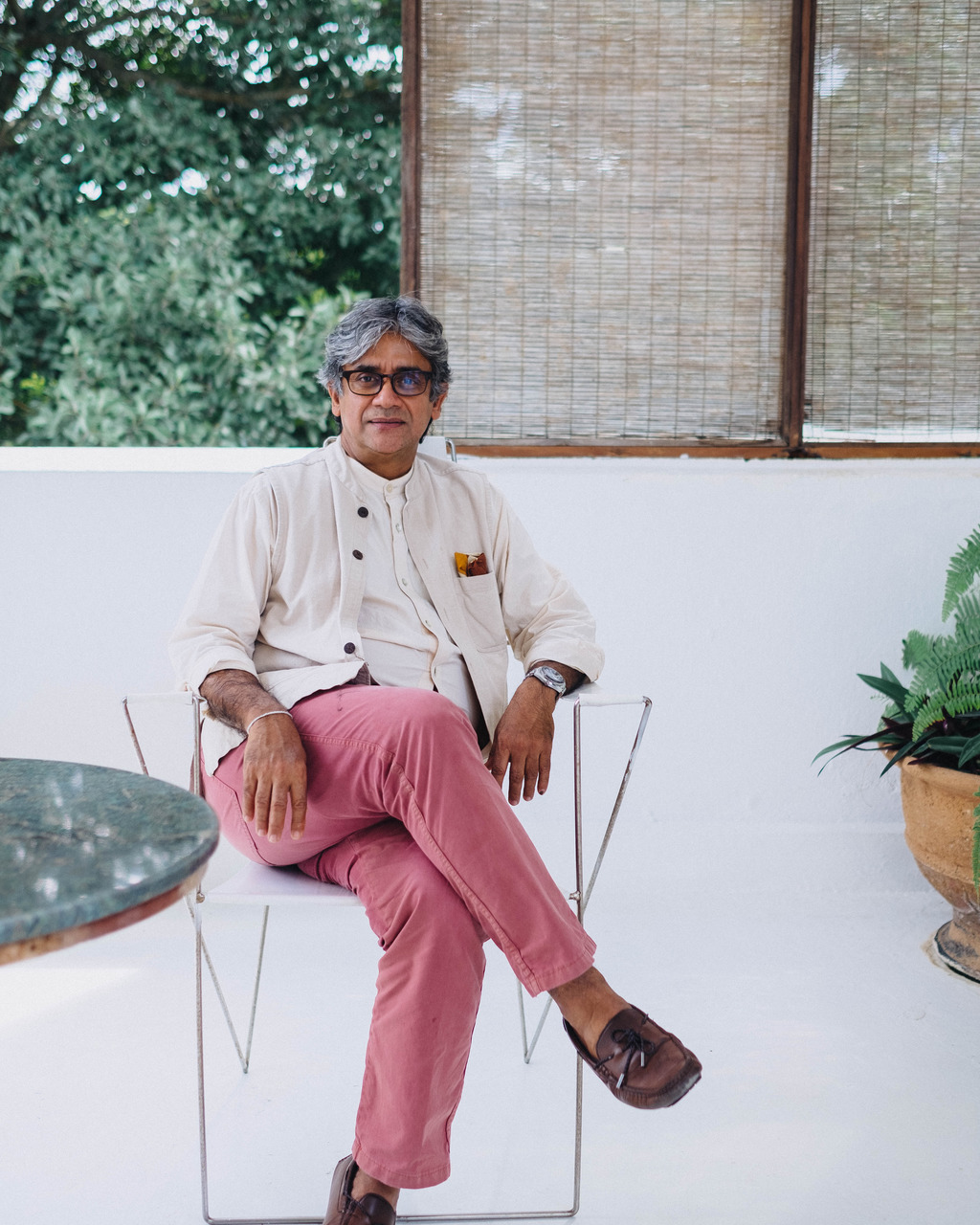
Architect Channa Daswatte, who sits on the MMCA’s founding committee, hopes that the museum will bring an exciting new generation of Sri Lankan artists to the world: “I feel, for a long time, conversations about Sri Lankan culture in the mainstream were relegated to 2,500 years of history, which we are all proud of, but somehow we also forget that we are living in the now,” he says. “It will give visitors a sense of what this culture really is, at a transformative time.”
As part of this story, we speak with the curator and some of the artists involved in the MMCA’s new exhibition about the state of Sri Lanka’s art scene, how their work responds to and is inspired by the country’s recent past and how the new facility can support their practice in the future.
Sharmini PereiraPublisher and MMCA head curator
“Sometimes they are saying things as a continuation of what came before, or they might be in contradiction or there might be an artwork that is saying something you might not quite expect,” Pereira says. She explains that the title of the exhibition came from a poem by the local Tamil poet Cheran, where he wrote of how a “bridge, strengthened by its burden of a hundred thousand tales, collapses within a single tear”.
For visitors to the exhibition – which was first publicly shown in a different form at the Dhaka Art Summit – the joy is in the discovery, in unravelling the histories and contexts of these pieces; it is in understanding something vital about Sri Lanka through the artists that have lived and worked here across the decades since independence.
With the MMCA, Pereira and her team have deliberately set out to create an egalitarian space. Gallery talks, curated tours and artist lectures are all held regularly. From the brochures to the captions under each work, the new museum is all about stripping away the inscrutability that can make contemporary and modern art feel so intimidating and replacing it with the context and information viewers need to make sense of the work on show and locate that work in history and society.
“Art is not for a small, elite group of people. That perception needs to be challenged,” says Pereira, who is pleased that the MMCA has taken such a determined stride in the right direction.
T ShanaathananCreator of installations, art books and paintings
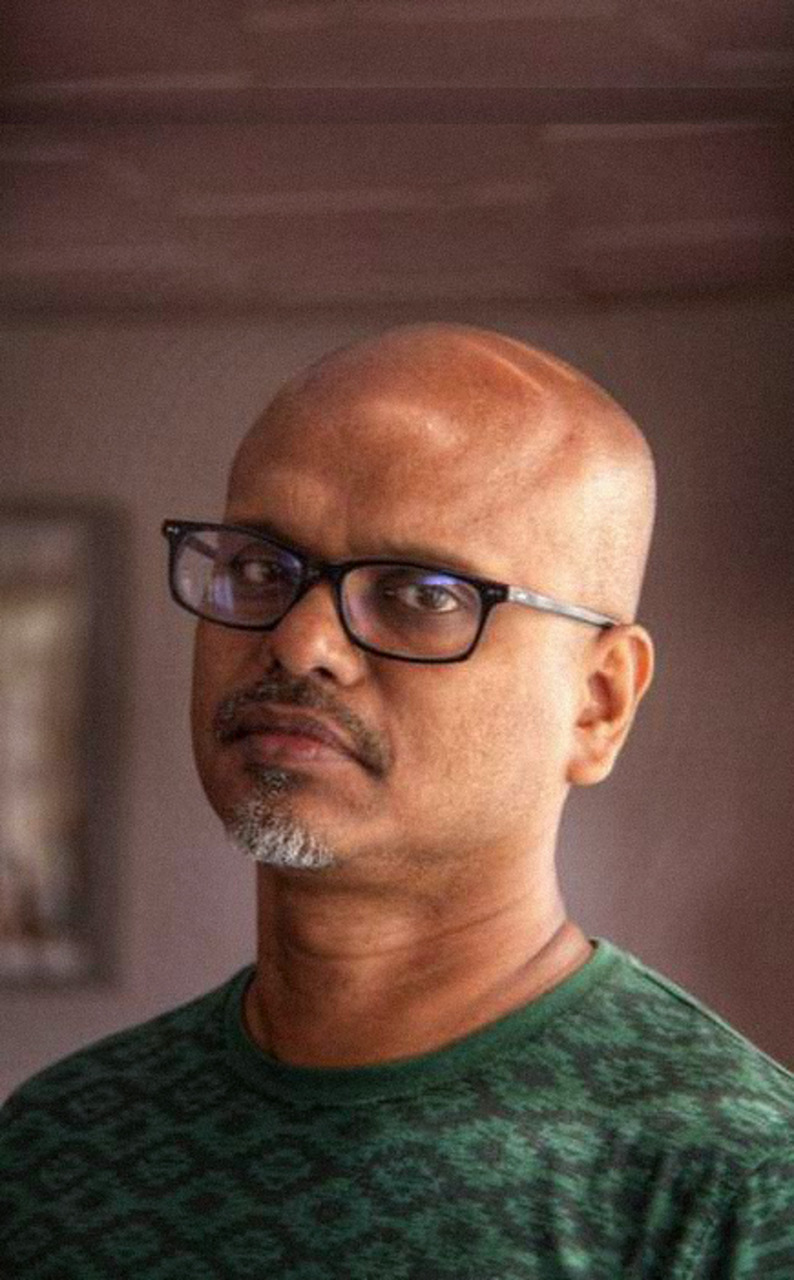 Whether T Shanaathanan is making an installation of sandbags created from wedding saris – as women did during the war to protect their families – or filling his art book The Incomplete Thombu with stories from people who were displaced through decades of conflict, his work is a profound and complex meditation on what it means to live in modern Sri Lanka. Yet, because it is usually confined to galleries in Colombo’s elite neighbourhoods, his work is seldom is seen by a wider public.
Whether T Shanaathanan is making an installation of sandbags created from wedding saris – as women did during the war to protect their families – or filling his art book The Incomplete Thombu with stories from people who were displaced through decades of conflict, his work is a profound and complex meditation on what it means to live in modern Sri Lanka. Yet, because it is usually confined to galleries in Colombo’s elite neighbourhoods, his work is seldom is seen by a wider public.Now, the MMCA will feature not just his Cabinet of Resistance, but The One Year Drawing Project, an art book billed as a portable exhibition featuring 208 drawings created through a document exchange between him and three other artists.
However, it’s his job as a teacher, an art historian and the co-founder of the Sri Lankan Archive for Contemporary Art, Architecture and Design in Jaffna that claims most of his time. Aside from building a valuable archive, they host lectures and visiting artists, creating a space for conversation and critical thinking around the arts. He believes that the new museum will further this effort.
“Today we see that more people are taking a risk, being willing to compromise middle-class aspirations and trying to do something radical,” he says. It’s why he believes the new MMCA is an exciting development. “It is a positive thing,” he adds.
Jasmine Nilani JosephArtist whose drawings feature Jaffna’s landscapes
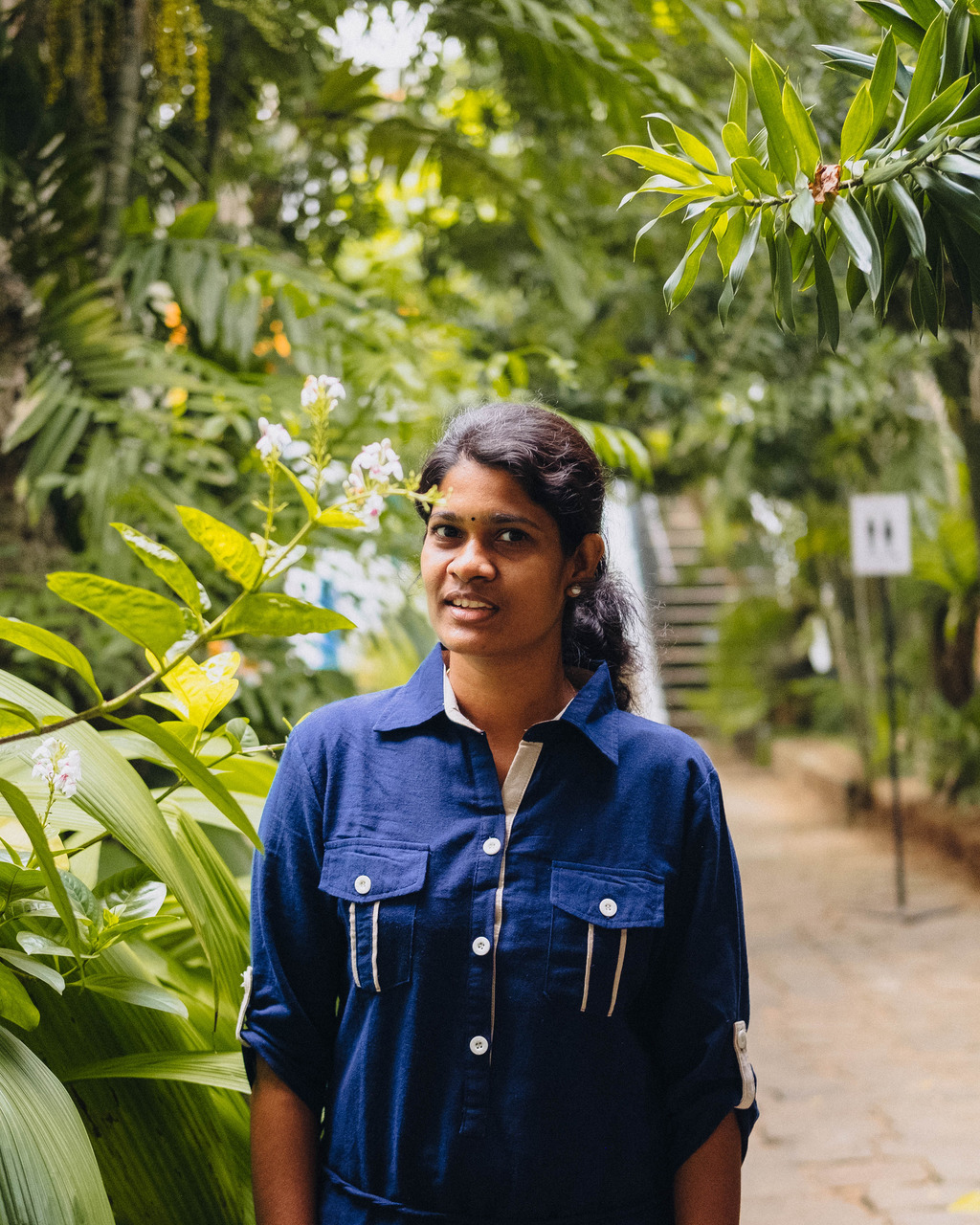 The visual artist Jasmine Nilani Joseph is known primarily for her series “Fences”, which consists of intricate drawings featuring all kinds of boundaries – from barbed wire pylons to palmyra leaves. During the war, these fences were used to demarcate militarised zones and minefields, to protect homes and to establish security checkpoints, making Joseph’s work a powerful commentary on a life under siege and postwar transitions that have challenged her community.
The visual artist Jasmine Nilani Joseph is known primarily for her series “Fences”, which consists of intricate drawings featuring all kinds of boundaries – from barbed wire pylons to palmyra leaves. During the war, these fences were used to demarcate militarised zones and minefields, to protect homes and to establish security checkpoints, making Joseph’s work a powerful commentary on a life under siege and postwar transitions that have challenged her community.One of several exciting new artists to emerge from Sri Lanka’s Northern Province, Joseph’s Fence VII and Fence VIII now hang in the MMCA.
Joseph draws deeply on her family’s experiences to create her art. She is Tamil, and as a young girl was displaced by the 26-year-long conflict between the Sri Lankan state and a separatist militant group. During that time, Joseph lived for a while in camps for the internally displaced. For many years, the city of Vavuniya was home, and it’s where her relatives still live. “These are the stories we tell in my family,” Joseph says.
In the last year, her work has drawn audiences at art festivals in Colombo and Dhaka and galleries in New Delhi. Her interest is in engaging with the history of both her own family and her broader community.
For this reason, Joseph is proud that her work now resides in the MMCA. She thinks it means art is being recognised as something of value for Sri Lanka: “When a country has a strong history of art and a museum in which to house it, then it becomes a good platform for learning and a place to exchange ideas.”
Jagath WeerasingheArchaeologist and artist known for his socially conscious work
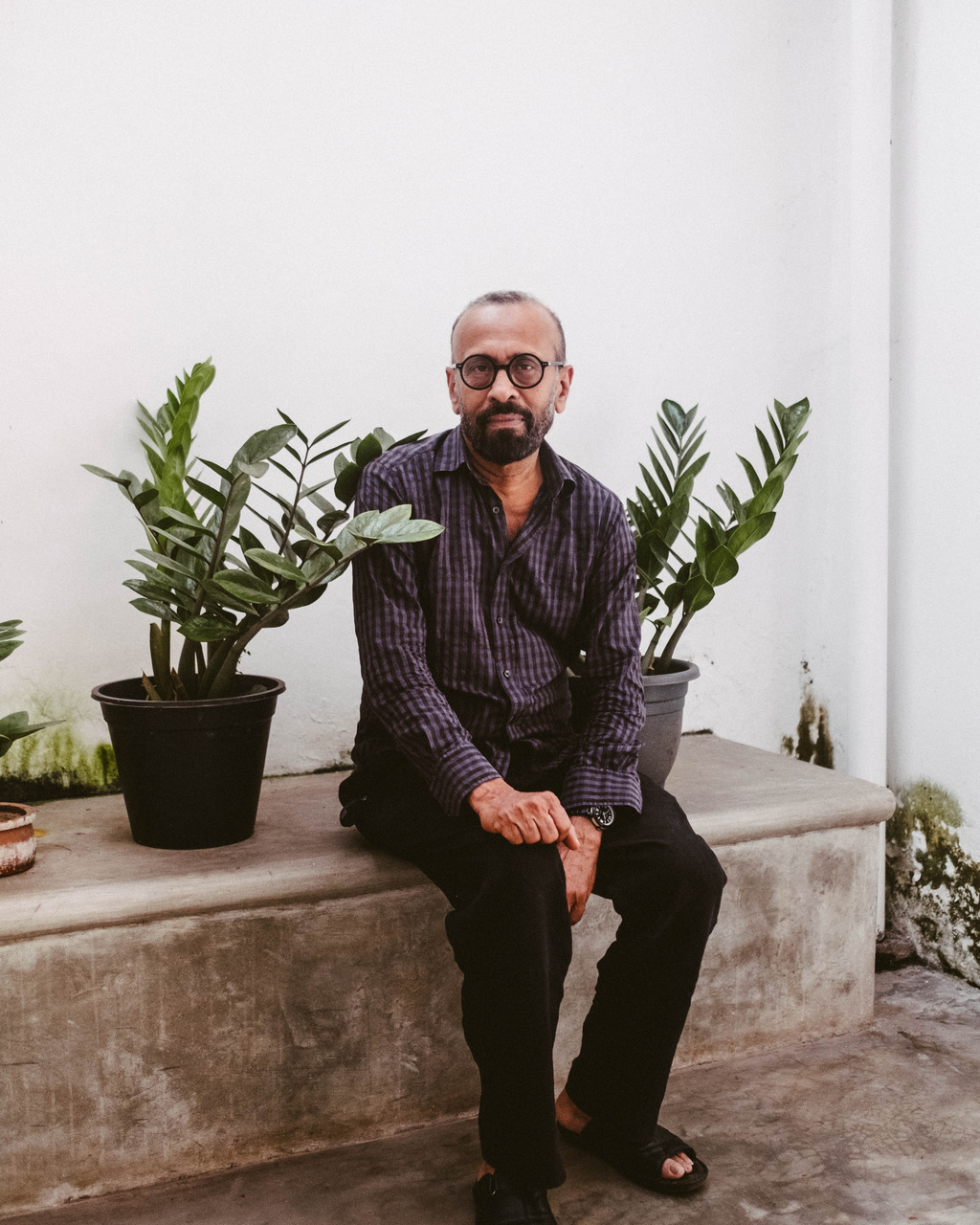 Jagath Weerasinghe sets out to provoke with his art. His paintings, drawings and installations often hold up a mirror to the island’s cultural, religious and political history. He has also been passionate about carving out a space for other artists. It’s why he co-founded the artist-led collective Theertha 20 years ago.
Jagath Weerasinghe sets out to provoke with his art. His paintings, drawings and installations often hold up a mirror to the island’s cultural, religious and political history. He has also been passionate about carving out a space for other artists. It’s why he co-founded the artist-led collective Theertha 20 years ago.“What we wanted to do was to present art as a social practice that addresses the burning issues facing civilisation,” Weerasinghe says. Today, the organisation facilitates art exchange through international workshops in Sri Lanka and promotes art education. Their Red Dot Gallery in Colombo often hosts experimental and contemporary art exhibitions.
An archaeologist by training, Weerasinghe himself has long been in the vanguard of Sri Lanka’s modern artists. From the anti-war stance of his black canvases, to the diaries with drawings he completes on his travels, Weerasinghe is an artist with many moods, with themes of social justice and equality central to his work.
In particular, Weerasinghe feels that Sri Lankan artists have turned their gaze on the country’s troubled history in interesting ways. It’s something he sees a new generation of artists carrying forward. “We are creating contemporary art that keeps reminding you, concentrating your memory onto recent history and testing your political and ethical attitudes,” he says. “The artist is also responsible to society.”
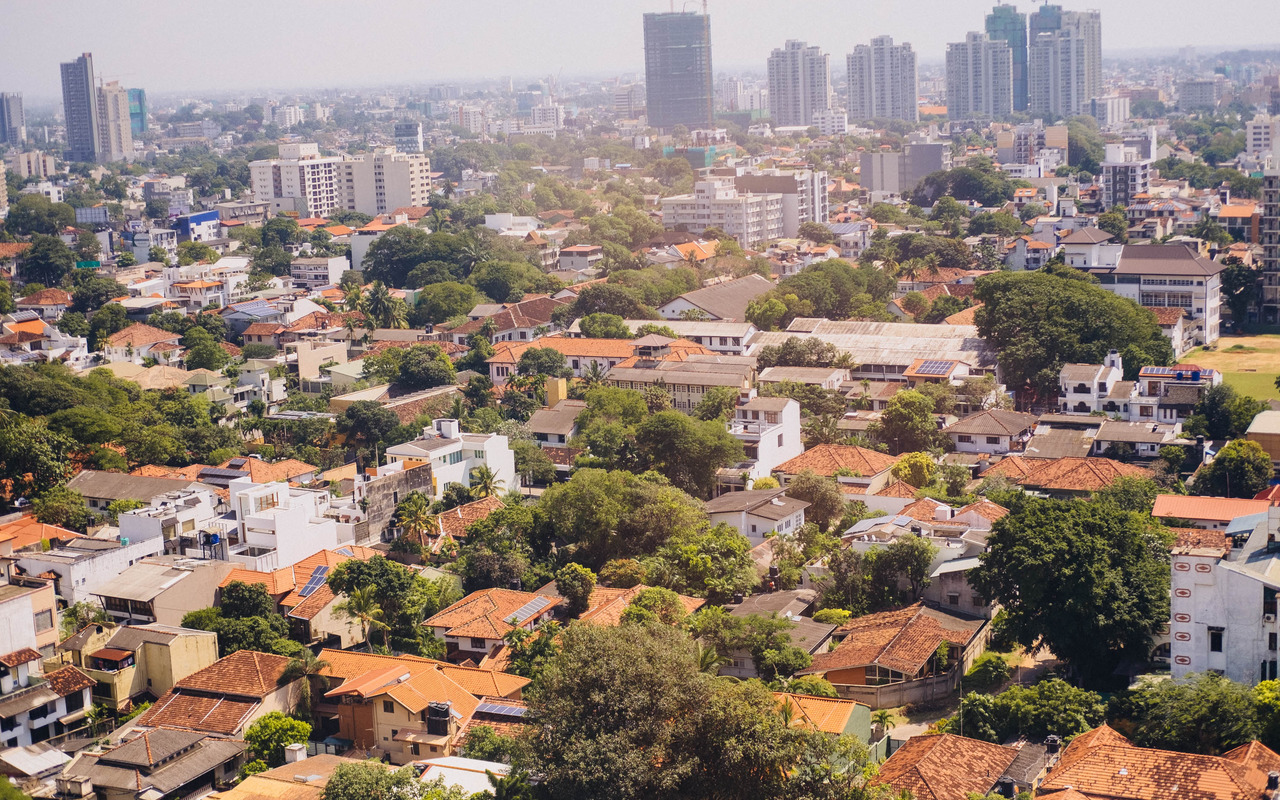
A few other great places to experience art in Colombo
1. Viharamahadevi Park / Green Path
Down the road from the National Art Gallery is an informal art market. You’ll find offerings from local artists at affordable prices. Vivid and colourful, they capture local landscapes and embrace cultural and religious themes.2. Paradise Road Galleries
Keep an eye on the walls when you visit – owner Shanth Fernando personally curates the intimate exhibitions that line the entrance hall and courtyard, which range from notable debuts to works by seasoned artists.3. Sapumal Foundation
Get familiar with the work of the ’43 Group, the Sri Lankan Modernist collective, through a visit to the Sapumal Foundation. Besides art, there’s also a library and newspaper cuttings and catalogues on the ’43 Group.4. Saskia Fernando Gallery
You’ll find both established and emerging artists displayed at this sleek gallery. Exhibitions include installations, sculptures and paintings. Fashion aficionados can also visit on-site boutique, PR.Singapore Airlines flies to Colombo daily. SilkAir flies to Colombo four times a week. To book a flight, visit singaporeair.com.
SEE ALSO: How Sri Lanka’s Wilpattu Park has a hopeful future
This article was originally published in the February 2020 issue of SilverKris magazine
The post Why Colombo’s new museum underscores a thriving art scene appeared first on SilverKris.
from SilverKris
No comments:
Post a Comment